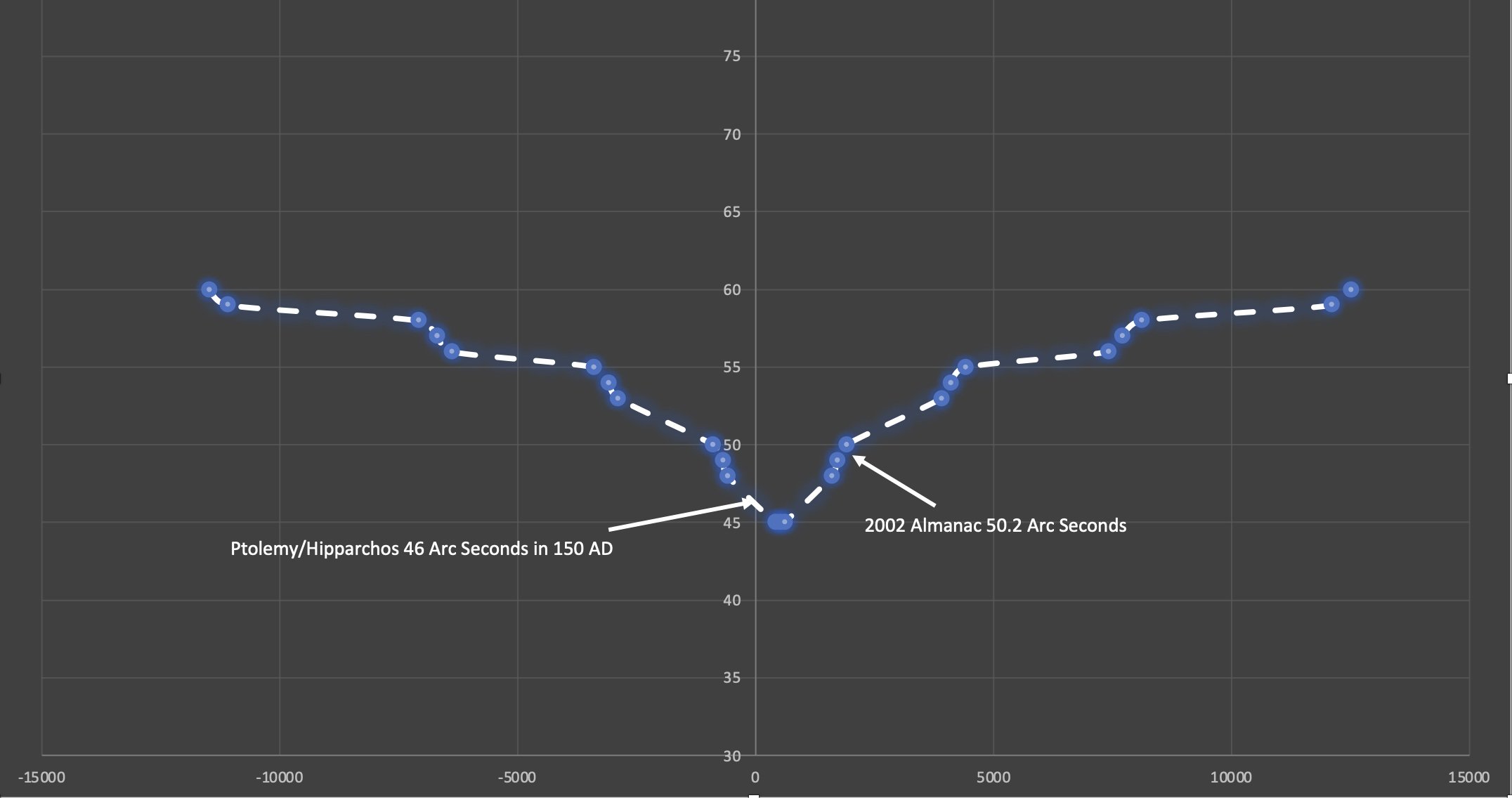
Modeling the Wobble
According to the Surya Siddhanta, Chapter XII, sloka 80, the circumference of the asterisms wherein the stars exist is sixty times larger than the circumference of the earth’s movement around the Sun. This has perplexed most translators and thus been dismissed as an error.
This estimation would put the distance of the constellations to about 60 AU in distance, which doesn’t make sense as these stars are light years away. However, this is a clue to map the limit of the rate of precession. At 60 AU the physicality of our star system ends, and deep space begins. As of today, the known edge of the Kuiper belt is ~50AU and it starts around 30AU from Neptune’s orbital distance. The hypothesis is that this edge of the solar system is dynamic and move between ~45 AU to 60 AU as the star system orbits the binary star. As the kinetic energy of the system increases, the centripetal forces on the bodies on the edge where the gravitational pull is low, push the bodies further into space increasing the distance. Not surprisingly, today’s rate of precession in ~50 Arc seconds and we can assume a max of 60 Arc seconds when the system is closest to the binary star. An approximate nonlinear model for mapping the Precession over time can be look at as
With a linear model, we would be tempted to draw a straight line from the two observations however this would not yield a meaningful result in the long term on either direction. This is a more elegant solution to model the change in Precession.


